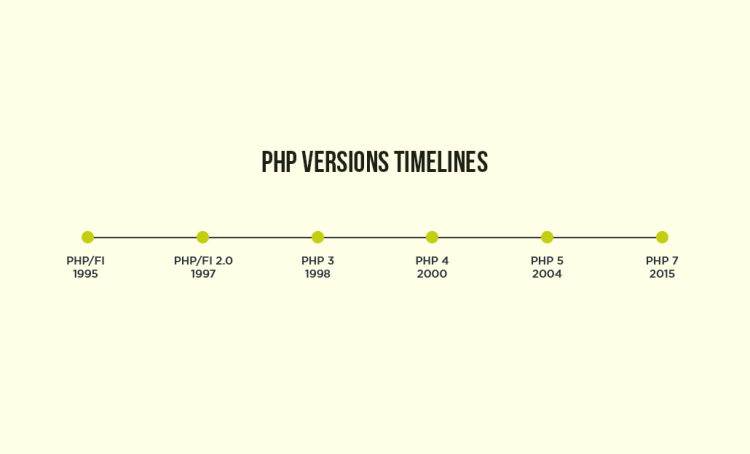Leveraging Laravel Upsert for Efficient Database Operations

Laravel, a popular PHP framework, provides efficient ways to interact with databases. One such operation is an upsert, which is a combination of insert and update. In essence, it creates a new record if it doesn't exist or updates an existing one based on specific conditions.
Understanding Upsert
Before diving into Laravel implementations, let's clarify the concept of upsert:
- Insert: Creating a new record in the database.
- Update: Modifying an existing record in the database.
- Upsert: A single operation that performs either an insert or an update based on certain conditions.
Laravel's Approach to Upsert
Laravel offers two primary methods to perform upserts:
1. Eloquent's updateOrCreate
This method is ideal for simple scenarios where you want to create or update a record based on a unique identifier.
2. Query Builder's upsert
For more complex upserts or when you need granular control over the process, you can use the Query Builder's upsert method.
Use Case Example
Consider a scenario where you have a table of users with a unique email column. If you're importing user data and want to avoid duplicates, you can use the upsert operation. Here's how it works:
- Inserting a New User: If the email address does not exist in the table, a new user record is created with the provided information.
- Updating an Existing User: If the email address already exists, the operation updates the existing user's information (like their name or profile details) without creating a new record.
Important Note:
- While the
upsertmethod is available in Laravel, its behavior might vary across different database systems. Some databases have native support for upserts, while others require specific syntax or workarounds. - It's essential to test your upsert logic thoroughly to ensure correct behavior in your database environment.
Considerations and Best Practices
- Indexes: Ensure that the columns used for unique identification have appropriate indexes for performance optimization.
- Data Consistency: Validate data before performing upserts to maintain data integrity.
- Error Handling: Implement proper error handling to catch exceptions and provide informative feedback.
- Performance: For large datasets, consider batch processing or using database-specific optimizations.
- Database Compatibility: Be aware of database-specific limitations and syntax variations when using the Query Builder's
upsertmethod.
Benefits of Upsert
- Efficiency: It minimizes the need for separate insert and update logic, streamlining database operations.
- Data Integrity: By using unique constraints, it helps maintain data integrity and prevents duplicate records.
- Convenience: It simplifies code by handling both insertion and update cases with a single method call.










